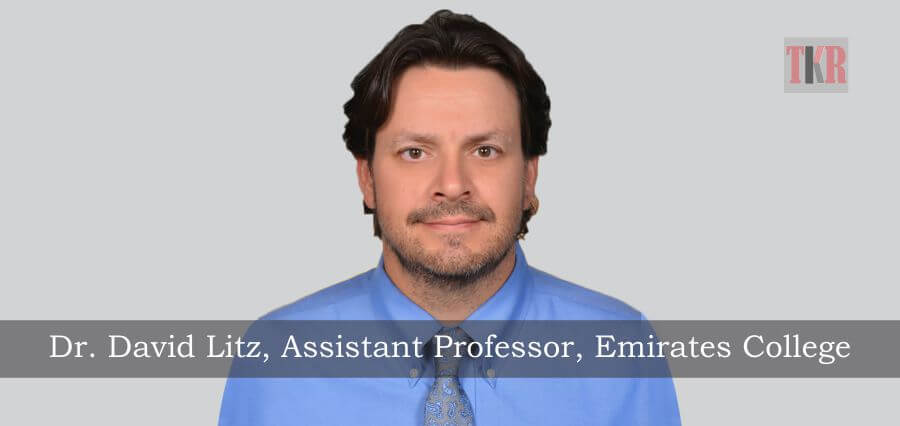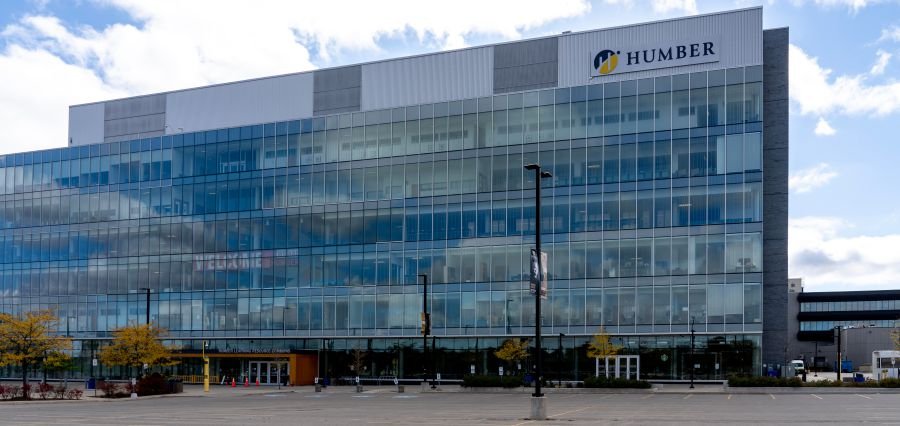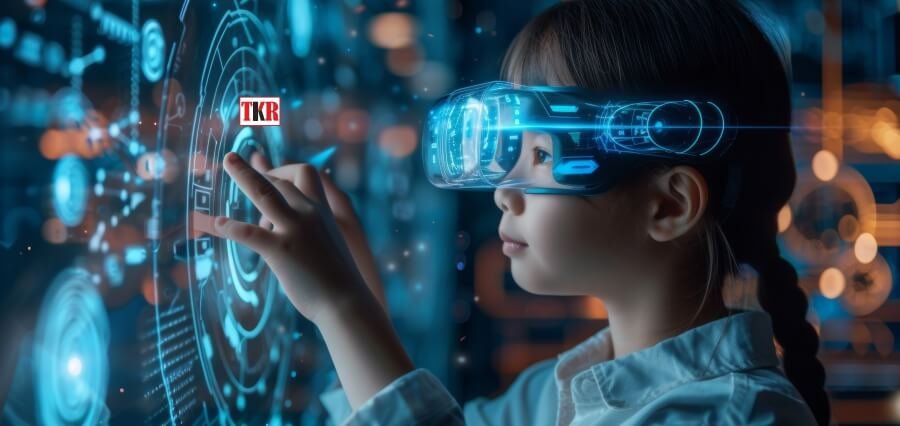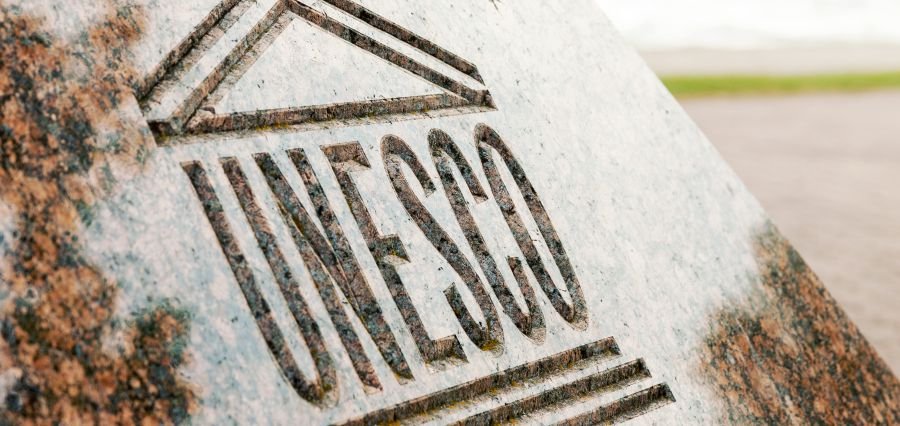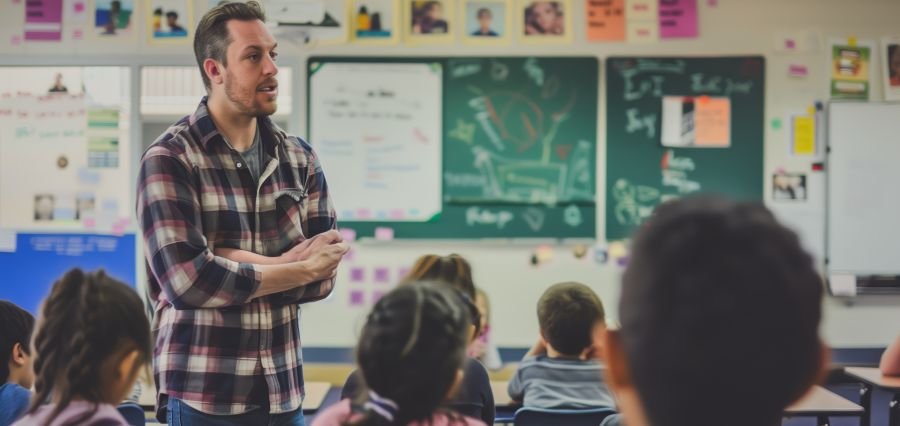If one was to consider the fact that most modern K-12 public education systems were created in Western countries in the late 19th and early 20th centuries, the educational accomplishments of the UAE to date have been nothing short of amazing. As recently as the 1950s, for instance, education was typically limited to village elders teaching the Quran. Later, in the same decade, the first non-religious school opened in Abu Dhabi. It has been described as basic in structure and content: a 6-room building with no electricity or teaching materials. In fact, there was no real local culture of schooling throughout the UAE until mass public education, supported in part by the rise of Sheikh Zayed, was established in 1971.
Initially, the formation of the UAE public education sector necessitated a reliance on expatriates, as well as a long-standing reliance on foreign models of education. It also led to a significant growth in education as the massive influx of expatriate teachers, rapid expansion of schools, and tertiary educational entities nationwide contributed to fulfilling the vision of education for all and modernizing the country significantly. At the same time, however, several major educational issues gradually came to the forefront, which included the unsuitability of curricula, students’ poor academic performance, untrained leadership, inadequate school buildings, facilities and infrastructure, shortages of Emirati teachers, low staff retention rates, and insufficient salaries. Thus, the decision to carry out major educational reforms based on several five-year plans was publicly announced by the nation’s Executive Council in 2006. The reform policies were revised in 2008 and again in 2010.
Informing the public that one of the key public services in the UAE is in need of major restructuring is not common. Nevertheless, beginning in 2006, the UAE government embarked on a massive educational reform program consisting of five broad strategies: Clarifying educational policy; setting internationally benchmarked performance expectations in all aspects and levels of education; launching a national 10-year reconstruction plan; restructuring educational management; and mobilizing appropriate resources and support systems. One of the most significant examples of the realization of these changes was the “New School Model” (NSM) in Abu Dhabi. Essentially, the NSM saw the introduction of an updated curriculum introduced for grades K-12 that incorporated the promotion of technology-rich classrooms and converted the system from rote learning to a dynamic evidence- and inquiry-based curriculum. Additionally, thousands of computers and portable devices were distributed, a high-speed Internet network was established to connect all schools, a new website was established to allow teachers, parents, and administrators to access student records (i.e., eSIS), and buildings were upgraded to reflect the needs of the new technology hardware and pedagogical applications. A second goal was to establish English as the primary language of instruction. The rationale for this venture was to increase citizens’ access to resources, improve communication methods, enhance future employability and career prospects of students, and ensure consistency across educational data. The third primary goal of the NSM was to professionalize teachers and school administrators and establish an educational path for credential building, which had not existed prior to the NSM. Specific means of addressing this goal has been the implementation of formal performance standards and evaluation procedures for teachers and administrators, the introduction of a teacher licensure system, and the creation of official professional development programs for school employees. Another significant element of the NSM included the introduction of a school evaluation and inspection framework (i.e., Irtiqaa). This program is designed to investigate schools’ various levels of performance. Results of the evaluations are given to the schools, which are then are expected to provide improvements and work toward increasing their overall standing. School evaluations also work towards supporting the core goals of transparency, integrity, cooperation, partnership, and commitment to high quality of education, and are useful for providing data for policy making at the highest levels.
Even more recently, in 2017, education reforms have included a moral education initiative that was launched as a core component of the curriculum. These values will be used to reinforce the history and development of the UAE, as well as educate students about local customs in terms of human history. Accordingly, the moral curriculum includes civics, personal growth, community development, ethics, heritage, and culture. Also, in 2017, the UAE Ministry of Education announced a new nationwide curriculum known as the new “Emirati School Model”, with the aim of further improving educational standards and producing better overall results in government schools. The agenda has set as a target for Emirati students’ to be ranked among the best in the world in reading, mathematics, and science exams, and also to have a strong knowledge of the Arabic language. It also aims at elevating the rate of graduation from secondary schools to international standards and for all schools to have exceptional leadership personnel and internationally accredited teaching staff. Under the new system, government and private schools that follow the current curriculum across the UAE will adhere to the same curriculum, which will focus on building critical thinking skills, developing innovation and teamwork, utilizing technology in problem solving, integrating smart systems and devices for all teaching methods, projects, and research, as well as formulating a balance between academic and vocational learning. Many of the components of the new curriculum were previously designed for use in the Emirate of Abu Dhabi as part of the NSM, but they have now been adapted and extended to schools across the entire country.
To sum up, during its short 40-year history of public education, the UAE has continually addressed important pedagogic issues and strived towards developing a world-class public education system with a focus on educational change, continuous improvement, and best international practices. While the future will undoubtedly bring about further problems, questions, and new developments, the UAE has proven that it is capable of meeting and surpassing challenges through the development of educational policies and comprehensive capacity-building initiatives that will inevitably continue in the years ahead.
About the author: Dr. David Litz is an Assistant Professor at Emirates College for Advanced Education (ECAE) where he teaches courses in the School Evaluation and Measurement and Educational Leadership and Policy Divisions. He has also previously taught in South Korea and Canada. He holds an EdD from the University of Calgary and his publication and research interests include such areas as comparative education, educational administration and leadership, as well as educational policy and development in the MENA region.

